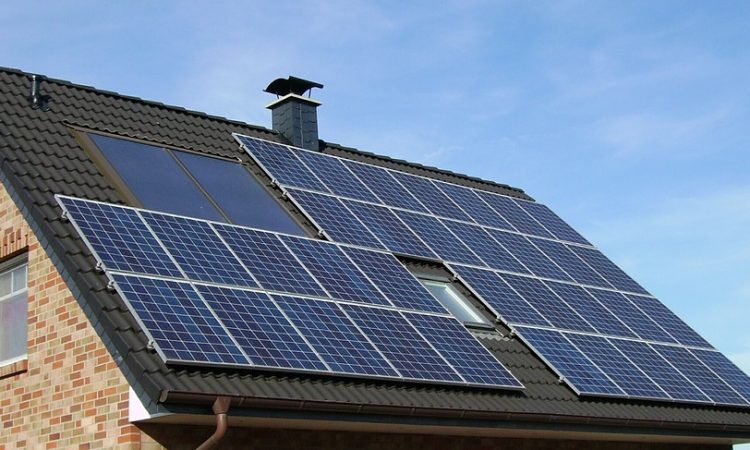There are several different ways to look at improvement. One of the ones that makes the most sense concerning cost-effectiveness is if you focus on energy efficiency. Every energy-efficient improvement that you add to your home will save you money in the long run, and make you feel better about creating a smaller carbon footprint.
So what are some areas that you can immediately focus on? You can start by purchasing energy-efficient appliances. After that, you can install energy-efficient screens and awnings around your windows. To prevent your furnace and air conditioner from running all the time, you can expand your environmental comfort zone with internal home improvements. And you can focus on turning things off when they are in use to save electricity that’s just wasted otherwise.
Start With Your Appliances
The first home improvement project that you should take on to improve energy efficiency is to buy energy-efficient appliances. If you haven’t updated your washer, dryer, refrigerator, freezer, or air-conditioning, these are the places that you need to start. You may find that the price tag on energy-efficient appliances might be more than you expect. However, you have to do the math. The longer you keep them, the less your energy bills are going to be. So the number that you need to figure out is how soon they will pay for themselves.
Screens and Awnings
Next, it’s all about your screens and awnings. For a classic example of improving energy efficiency, consider what happens when you install solar screens on your windows. No matter what the temperature inside or out, your windows are going to be one of the biggest areas where energy leaks. Installing solar screens means that less heat will get out, less heat will get in, and you also have much more control over the brightness of individual rooms.
Expand Your Environmental Comfort Zone
Energy efficiency as a home improvement project isn’t always about external things either. You can actually utilize a little bit of psychology. For example, many people are only comfortable in a very narrow range of temperatures inside their home. If it’s not between 68 and 72°, they are complaining. But, if you add blankets for other comfortable pieces of furniture, and if you add fans in individual rooms, you can expand that comfort zone to may be between 63 and 80°. Think of all that energy savings!
Turn Off Things When Not In Use
You probably have many things plugged into your electrical outlets. If that’s the case, do they need to be connected in all the time when they aren’t in use? If you have anything that doesn’t need to be on, it’s not that big of the deal to just unplug it. There are also outlets that you can buy that have automatic off settings when not in use for a certain length of time.
